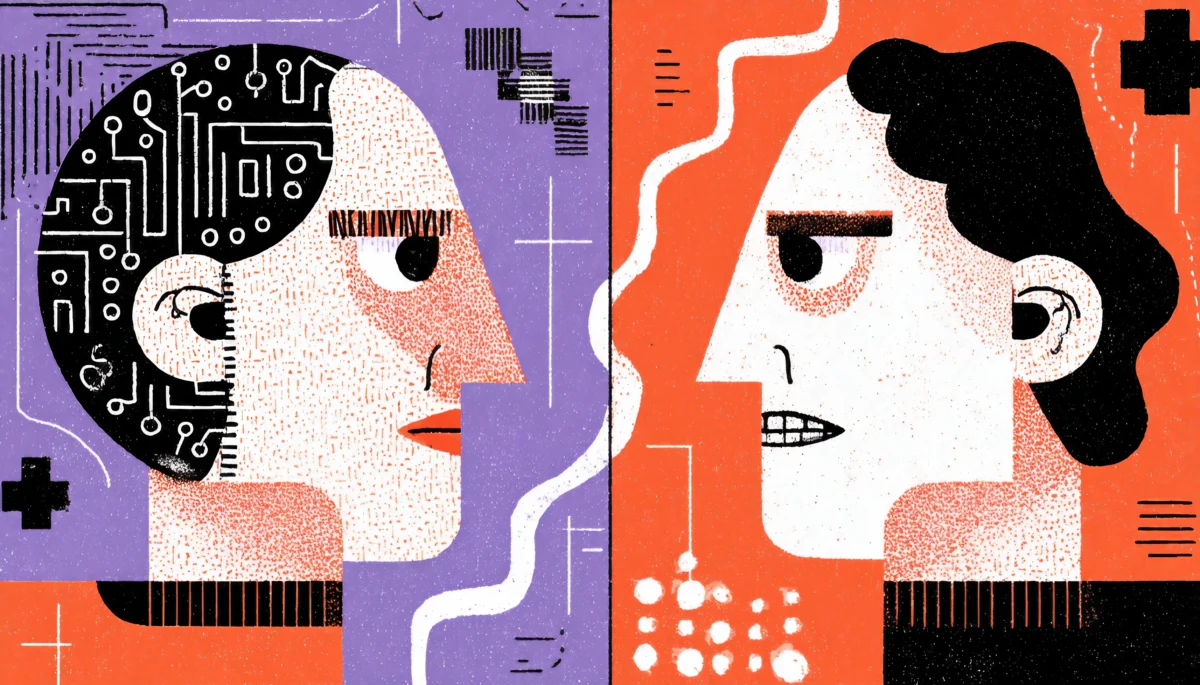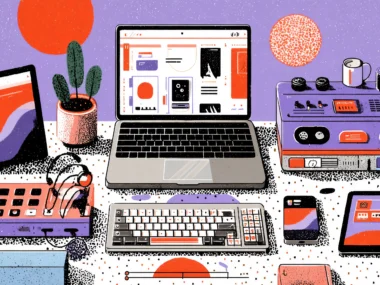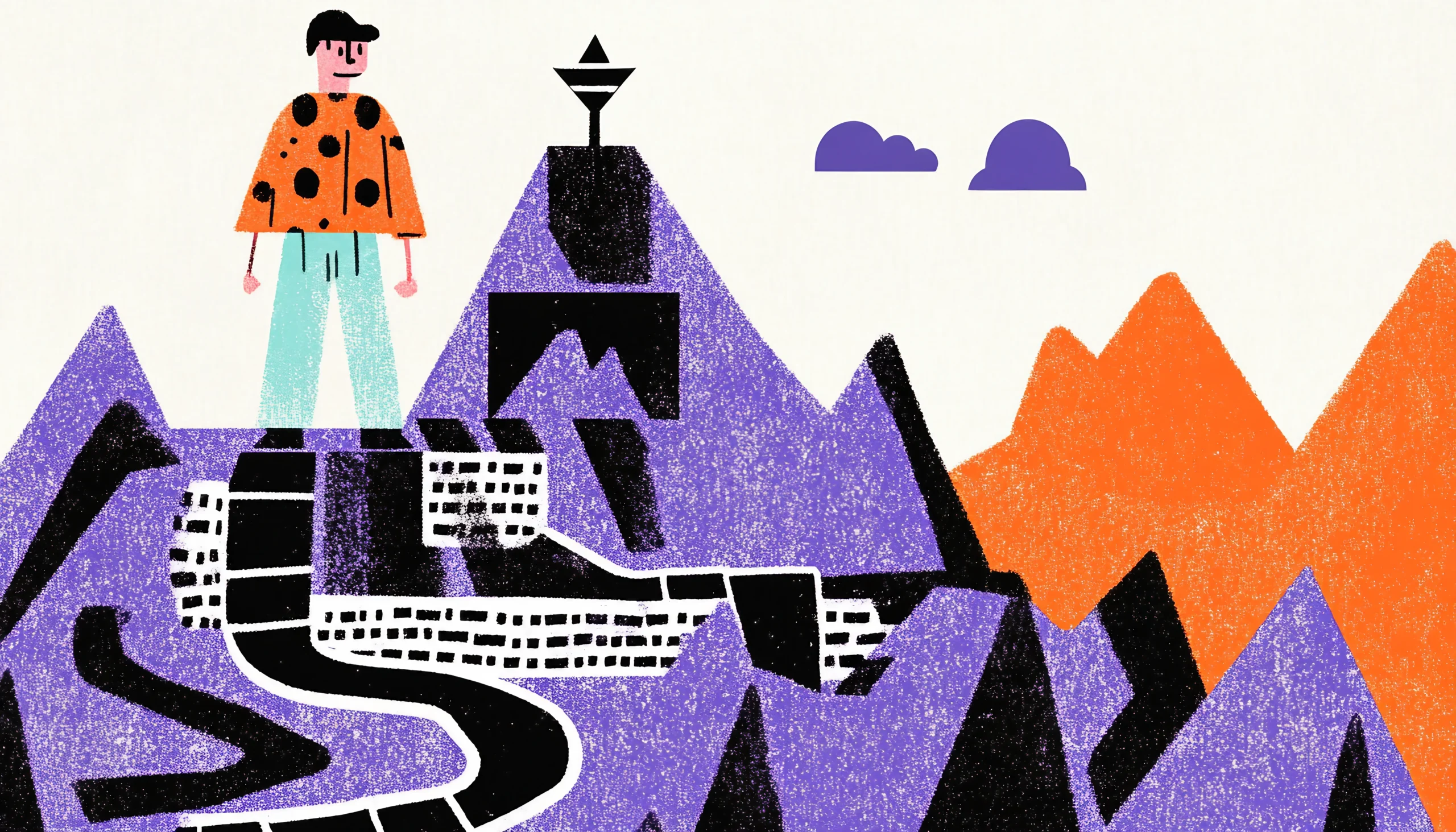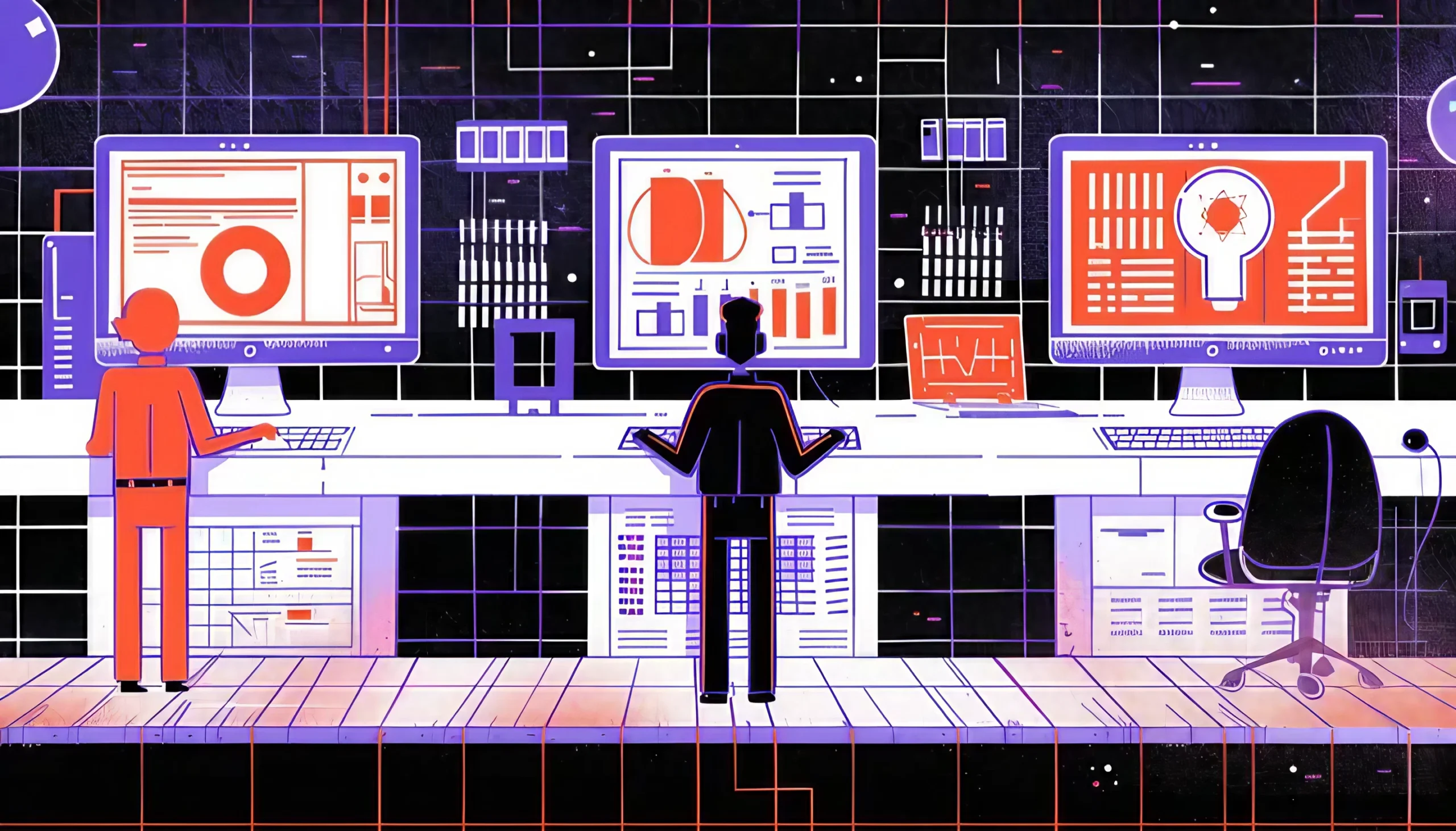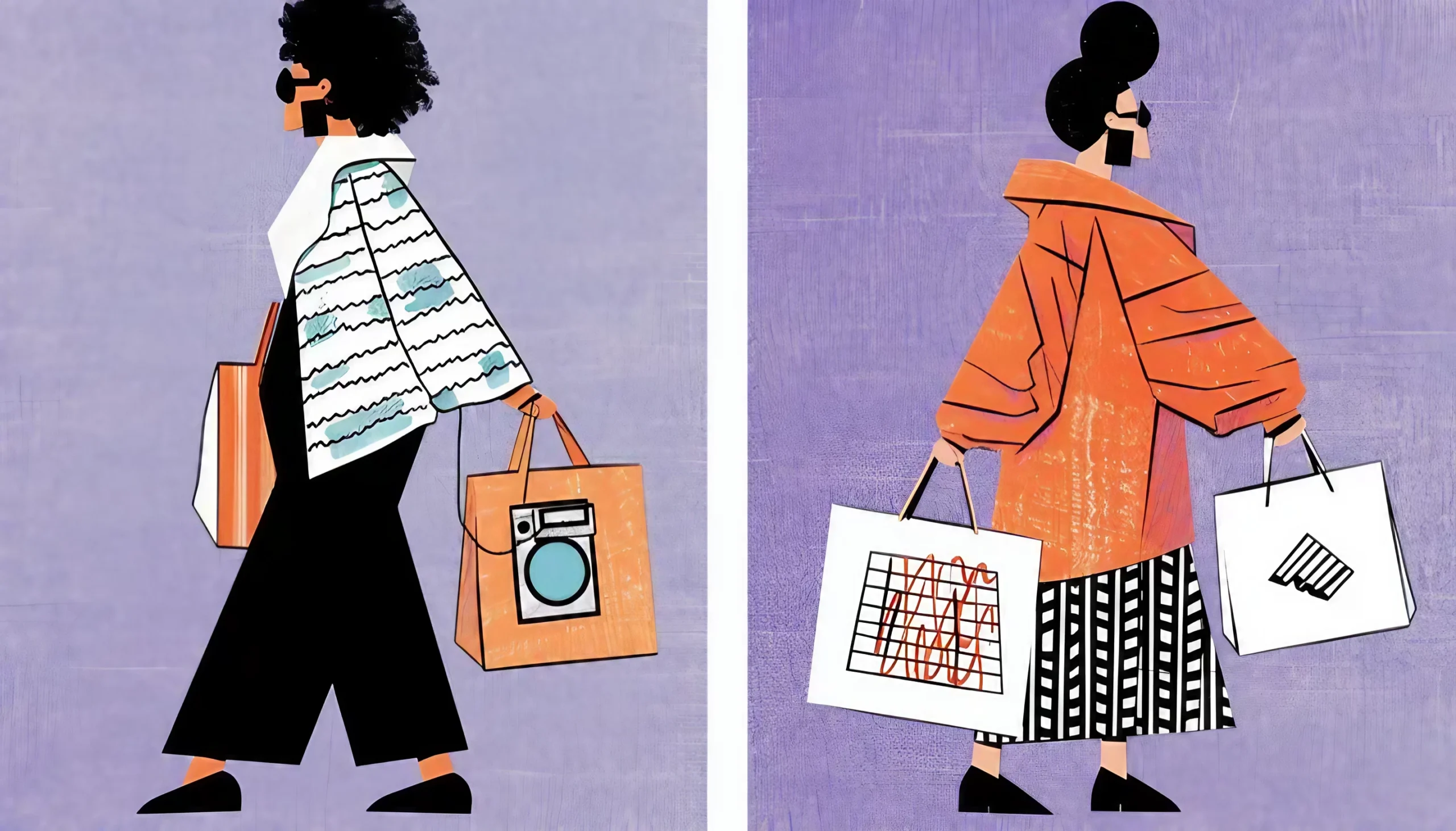The Question That Keeps Designers Up at Night
If you’ve been anywhere near the design world lately, you’ve probably felt it—that quiet, unsettling whisper in the back of your mind: “Will AI replace me?”
It’s not paranoia. Everywhere you look, AI tools are designing interfaces, writing copy, generating layouts, and even conducting user research. We’re living in a time when Figma plugins can prototype entire flows, ChatGPT drafts UX case studies in seconds, and Midjourney spits out product concepts that look pitch-ready.
What does this mean for us as human UX designers? Are we becoming obsolete? Or is this transition just another evolution in a long line of technological revolutions that demanded adaptation, not replacement?
Let’s take a sober look—no hype, no fear-mongering. Just a clear, honest exploration of what’s really happening, where it’s headed, and how you can adapt.
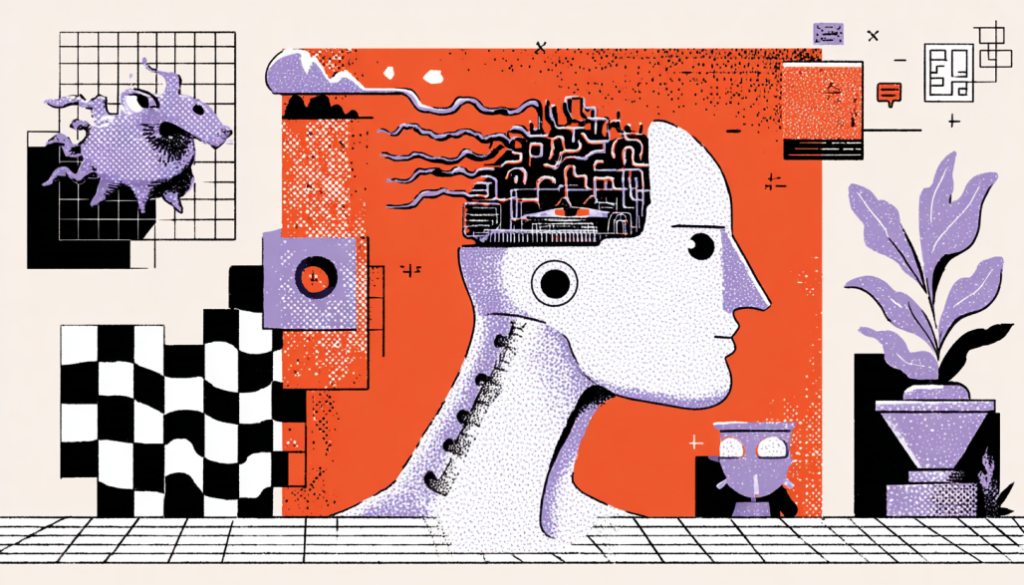
Automation Is Coming for the Repetitive, Not the Creative
Why AI Excels at Tasks but Struggles with Thinking
Here’s the truth: AI isn’t “thinking” the way you or I do. It’s predicting. It’s a sophisticated pattern machine—incredible at identifying, combining, and reproducing patterns across massive datasets. That’s why it’s great at automating things like
- Writing UX copy based on templates
- Generating wireframes from prompts
- Suggesting accessibility fixes
- Analyzing usability test data
But can it think? Can it reason about human context, social nuance, or cultural empathy? Not quite.
Let’s use an analogy. Imagine AI as an extremely skilled chef who’s memorized every recipe ever written. It can whip up any dish in seconds—but it doesn’t know what “comfort food” means to someone going through heartbreak. That emotional gap, that human understanding, is what separates design from decoration.
AI is automation. Designers are translators between human need and digital experience. And that bridge—the messy, emotional, contextual one—is still ours to build.
The Jobs AI Will (and Won’t) Replace
Let’s be blunt. If your UX work is heavily executional—resizing components, creating visual variants, pushing pixels, or rewriting button copy—AI will likely automate most of it.
However, the roles that combine strategy, empathy, and storytelling will continue to evolve rather than disappear.
In other words, AI replaces tasks, not talent. It amplifies efficiency, but it doesn’t replace judgment.
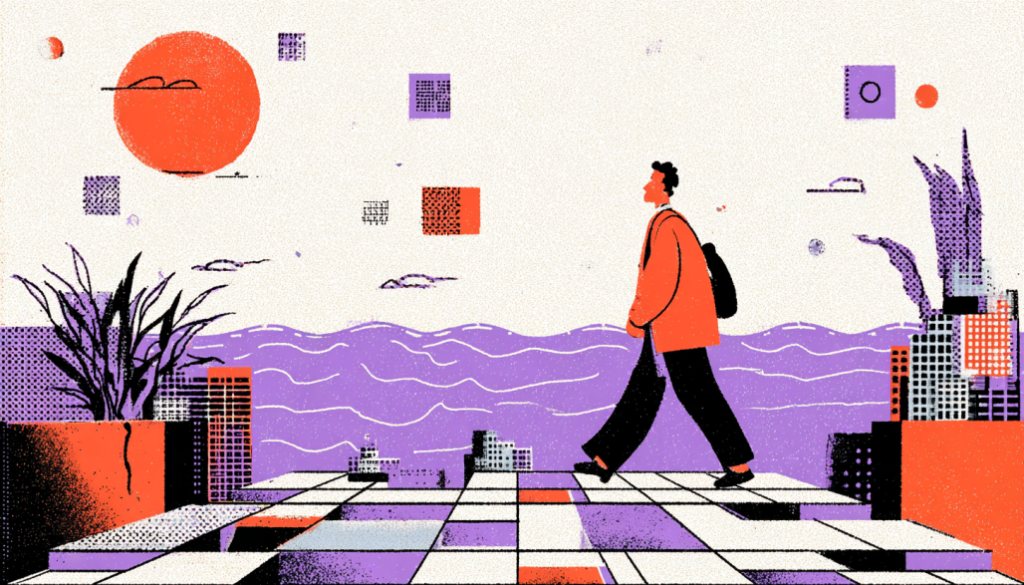
The Strategic Value of Design Has Never Been Higher
Why the Future Belongs to Designers Who Think Like Product Strategists
Here’s the irony: while everyone’s busy panicking about AI replacing designers, companies are actually increasing their demand for strategic thinkers.
Organizations now realize that design isn’t just about aesthetics—it’s about decision-making. It’s how teams choose what to build, not just how it looks. And in this new era, designers who can think beyond screens and pixels are becoming the linchpins of innovation.
Think about it. An AI tool might generate fifty variations of a dashboard, but it won’t know which version resonates with oncologists reviewing patient data or parents tracking their child’s glucose levels. It doesn’t understand trade-offs, business goals, or emotional journeys.
That’s where you come in.
Designers as System Thinkers
The next generation of UX designers will look more like system architects than traditional “makers.” You’ll spend less time drawing buttons and more time defining ecosystems—how the product fits into people’s lives, how it communicates, and how it adapts to context.
In short, design is moving from craft to strategy.
And AI? It’s the assistant, not the architect.
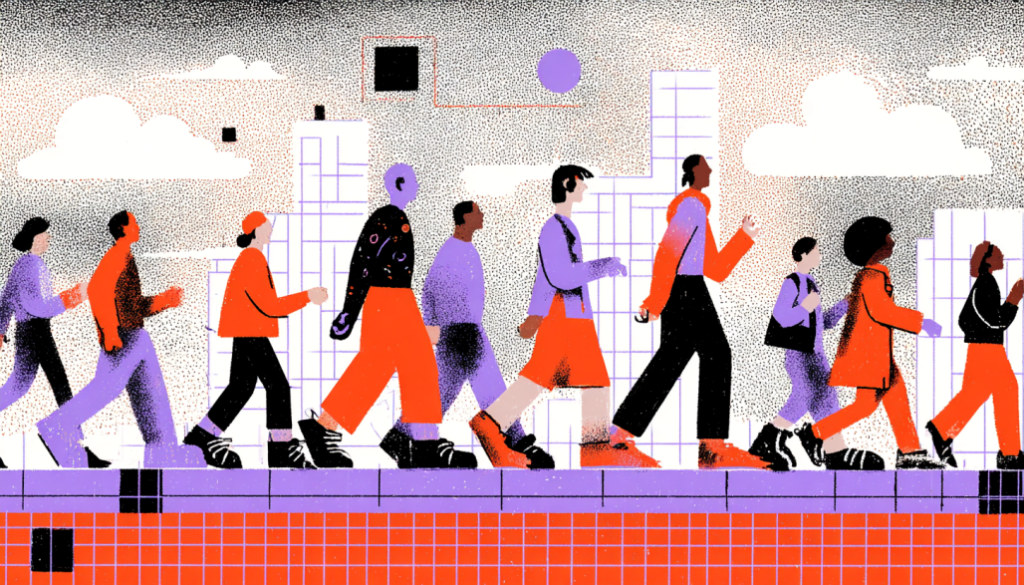
Human Skills Are Becoming the New Competitive Edge
The Empathy Gap That Machines Can’t Cross
There’s a fascinating paradox here. As AI gets “smarter,” human skills are becoming more valuable.
Soft skills—the things we once downplayed—are now our most powerful differentiators. Emotional intelligence, storytelling, curiosity, intuition, ethical reasoning, and the ability to navigate ambiguity—these are skills no algorithm can fully replicate.
Empathy: The Invisible Superpower
Let’s pause on empathy, as this is where AI encounters a significant obstacle. AI can simulate empathy through tone or phrasing, but it doesn’t feel. It doesn’t sense the subtle discomfort of a user testing a healthcare app that reminds them of their illness. It doesn’t detect the awkward silence in an interview that reveals a pain point.
Empathy isn’t just data—it’s connection.
And here’s the kicker: as products become more intelligent, users will expect more human experiences—not less. That means designers who know how to design emotionally aware interfaces will be in higher demand than ever.
Communication and Collaboration Still Rule
AI doesn’t sit in a design review. It doesn’t negotiate with stakeholders, advocate for users, or balance conflicting business goals. The ability to communicate ideas clearly, persuade teams, and bring alignment across disciplines remains a deeply human skill—and a critical one.
So while AI may write your persona summaries or generate your design specs, it won’t walk into a boardroom and fight for accessibility funding. You will.
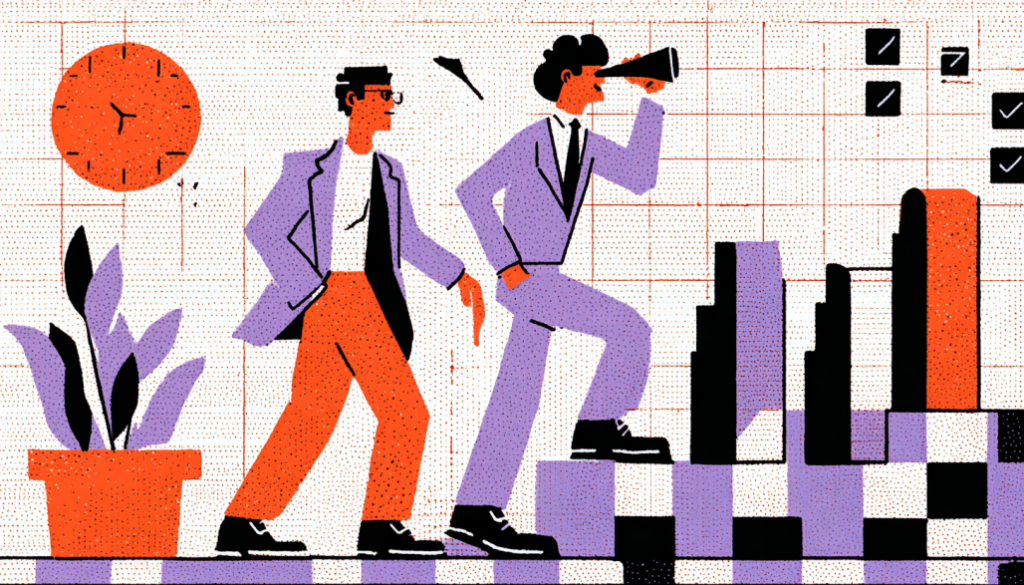
Career Adaptation—Thriving in the AI-Driven Design Era
How to Evolve Your Role Before It’s Redefined for You
Alright, so AI isn’t here to replace you—but it will replace parts of your workflow. The key question is: How do you adapt before the market forces you to?
Here’s a roadmap for staying relevant (and valuable) in the years ahead.
1. Learn to Leverage AI, Not Compete with It
Stop treating AI as a threat. Treat it like a power tool. The designer who knows how to prompt effectively will outperform the one who resists automation.
Use AI to:
- Generate exploratory wireframes
- Summarize user feedback
- Ideate on content tone and hierarchy
- Run heuristic checks
You’re not outsourcing creativity—you’re scaling it.
In short, AI won’t replace designers. But designers who use AI will replace those who don’t.
2. Double Down on Human Insight
Spend more time with users, not screens. Conduct interviews, observe behaviors, and develop your intuition about human motivation. That’s what separates craftspeople from strategists.
Remember: data can tell you what people did. But only empathy can tell you why.
3. Expand Your Range
Today’s UX designer isn’t just a wireframer—they’re a storyteller, researcher, business thinker, and systems designer. Explore fields like
- Behavioral design (how people make decisions)
- Service design (how touchpoints connect)
- Data literacy (how to interpret user analytics responsibly)
- AI ethics (how to design for fairness and transparency)
This multidisciplinary thinking will future-proof your career.
4. Become the Bridge Between AI and Humanity
AI is great at analysis. You’re excellent at interpretation. The designer of the future will act as a mediator between human emotion and algorithmic logic—ensuring that tech doesn’t just function efficiently but feels right.
Think of yourself as the conscience of the system. Indeed, this role is essential.
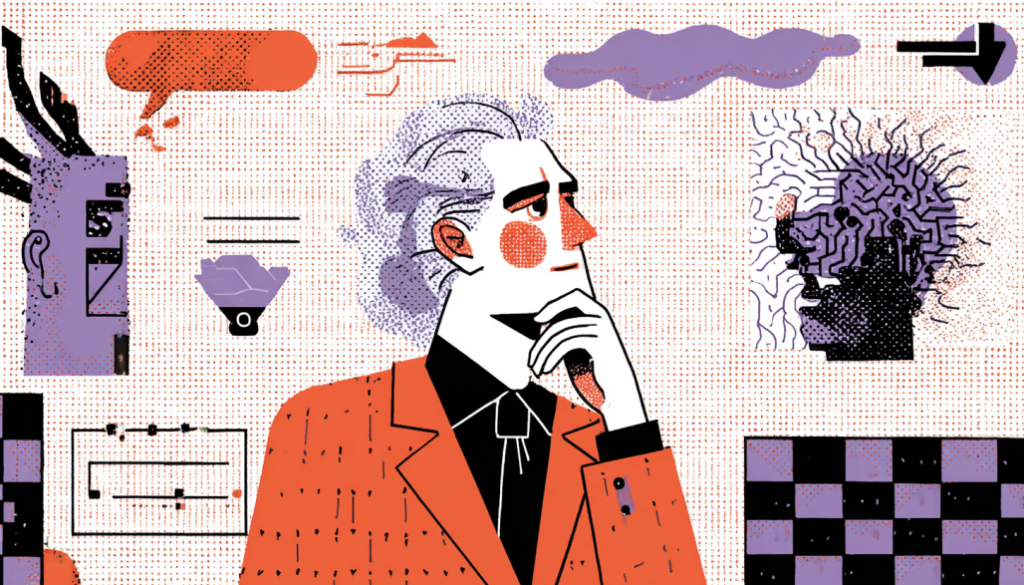
The Myth of “Replacement” and the Reality of Reinvention
History Repeats Itself—and Designers Always Adapt
Every technological leap has triggered the same panic. When Photoshop arrived, illustrators feared extinction. When responsive design emerged, print designers felt lost. When Figma launched, teams thought they’d need fewer designers.
Yet, here we are.
Design evolves because designers evolve.
AI will follow the same pattern. The tools will become more integrated, more intuitive, and more capable. But they’ll always need humans to define meaning, ethics, and direction.
The New Collaboration Model
Think of your workflow as a creative duet. AI handles the repetition; you handle the intention.
It’s like a jazz performance—AI lays down the rhythm, and you improvise the melody. Together, you create something richer than either could alone.
That’s the real future: not replacement, but augmentation.
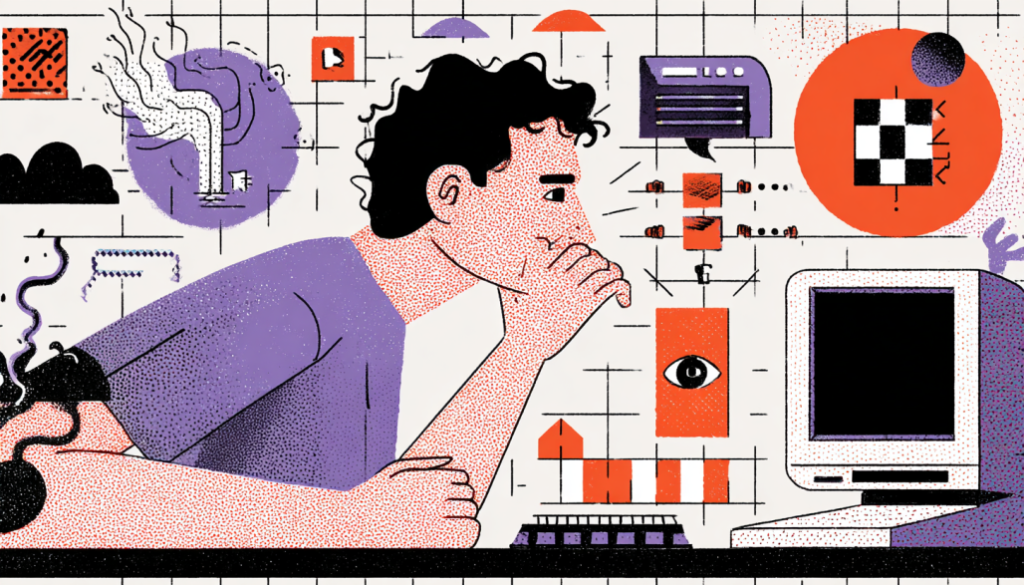
Ethics, Trust, and the Human Responsibility of Designers
Why the Future of UX Isn’t Just About Efficiency—It’s About Morality
Here’s where things get serious. The more AI shapes experiences, the more moral weight UX designers carry.
When AI decides what content to show, what data to collect, or what recommendation to make, someone has to ensure those systems remain fair, transparent, and humane. That someone is you.
As AI moves deeper into healthcare, finance, education, and even relationships, the designer’s role shifts from crafting interactions to guarding integrity.
Your job isn’t just to make interfaces easy to use—it’s to make them safe to trust.
Designers as Ethical Custodians
You’ll be the one asking:
- Is this algorithm reinforcing bias?
- Are we manipulating users into unhealthy behavior?
- Are we transparent about how data is used?
AI can optimize clicks, but it can’t optimize conscience.
So as automation accelerates, the most valuable designers will be those who combine moral awareness with technical fluency.
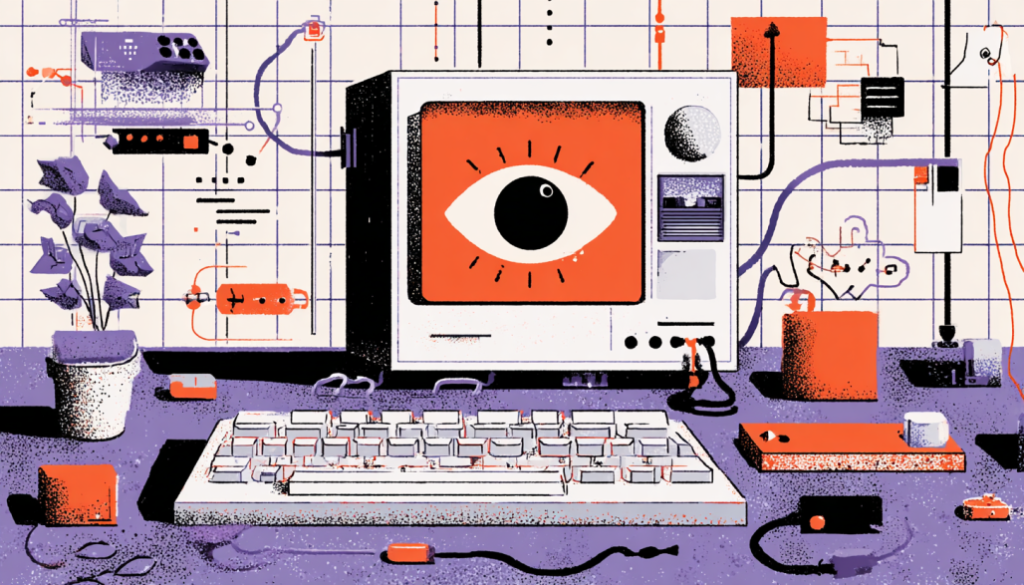
Reframing the Fear—From Survival to Significance
Why the Future of UX Design Is Still Bright (and Human)
Let’s be real. Fear of being replaced is natural. But what if we reframed it?
Instead of worrying about losing control, what if we focused on gaining clarity—clarity about what humans uniquely bring to the table?
Here’s what AI can’t replicate (at least not anytime soon):
- Genuine empathy
- Lived experience
- Moral reasoning
- A sense of humor
- The desire to create meaning, not just efficiency
These are the intangibles that turn interfaces into experiences and experiences into impact.
The Designer’s New Purpose
In a world full of intelligent machines, the role of a designer is to keep the world human. To ensure our technologies don’t just work—but also care.
Your job isn’t to compete with AI. It’s to remind it why humans matter in the first place.
Change is coming. But it’s not the end of design—it’s the evolution of it.
AI will automate the mechanical parts of our workflow, freeing us to focus on the emotional, ethical, and strategic dimensions that truly define great design.
If you embrace AI as your creative partner—not your replacement—you’ll discover new ways to amplify your impact, expand your skills, and design with more clarity than ever before.
The future of UX isn’t less human. It’s more human, powered by smarter tools.
So the real question isn’t, “Will AI replace UX designers?”
It’s, “Which designers will embrace this new era and redefine what design means?”
One thing is certain—the tools will evolve.
The question is, will you?




